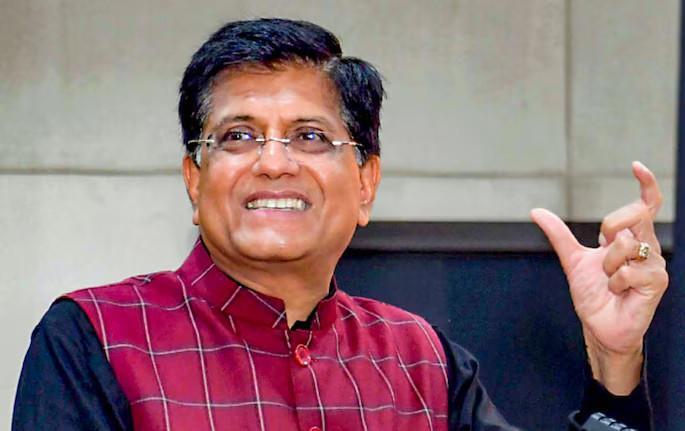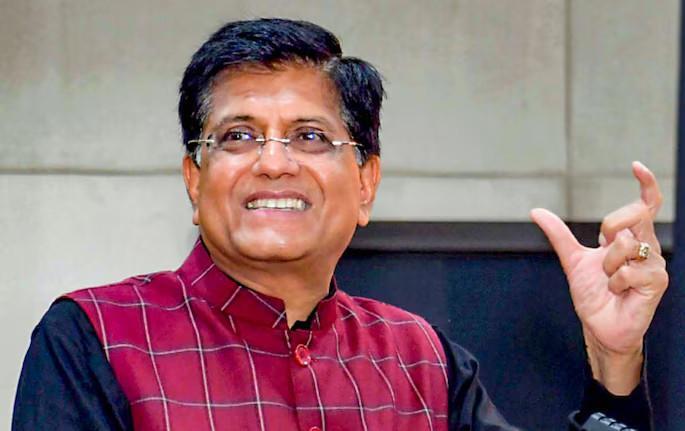
What Scientific Milestones Were Achieved by Sunita Williams and Her Team?
Sunita Williams, a renowned NASA astronaut, and her team have been making headlines for their groundbreaking scientific achievements during their recent stint on the International Space Station (ISS). Alongside Nick Hague, Butch Wilmore, and cosmonaut Aleksandr Gorbunov, they have been working tirelessly to push the boundaries of human knowledge, exploring new frontiers in space research. In this blog post, we will delve into the scientific milestones achieved by this remarkable team, highlighting their contributions to our understanding of the universe and the importance of space exploration.
One of the primary focuses of the crew was on plant-related studies. In a unique experiment, they grew and studied plants in microgravity, gaining valuable insights into the effects of weightlessness on plant development and growth. This research has significant implications for future long-duration space missions, where astronauts will need to rely on hydroponically grown crops for sustenance. By understanding how plants adapt to microgravity, scientists can develop more efficient and sustainable methods for cultivating food in space.
Another area of research explored by the crew was the use of 3D printing to create implantable medical devices. In a pioneering experiment, they tested the feasibility of printing prosthetic implants in microgravity, paving the way for the development of innovative medical technologies that can benefit patients on Earth as well as those in space. This breakthrough has far-reaching potential, enabling the creation of customized implants tailored to individual patients’ needs, reducing the risk of rejection, and improving overall health outcomes.
The crew also dedicated significant time to capturing stunning images of Earth from space. Led by Butch Wilmore, they snapped thousands of photographs, documenting the planet’s diverse landscapes, urban growth, climate change, and natural disasters. These images provide valuable insights into the Earth’s ecological balance, allowing scientists to monitor and track changes in our planet’s environment. Moreover, they serve as a poignant reminder of the fragile beauty of our home planet, inspiring future generations to work towards preserving its natural wonders.
In addition to these groundbreaking scientific achievements, the crew also conducted several health-related experiments, focusing on the effects of long-duration spaceflight on the human body. By studying the physical and physiological changes that occur during space travel, researchers can develop more effective countermeasures to mitigate the risks associated with extended space missions. This knowledge will be crucial for future deep space missions, ensuring the health and well-being of astronauts as they venture further into the cosmos.
The crew’s scientific milestones are a testament to the power of human ingenuity and collaboration. By working together, scientists from around the world can push the boundaries of knowledge, driving innovation and progress in our understanding of the universe. As we look to the future, it is clear that space exploration will continue to play a vital role in advancing our understanding of the cosmos and improving the human condition.
In conclusion, Sunita Williams and her team have made significant scientific strides during their time on the ISS, expanding our knowledge of plant growth in microgravity, 3D printing of implantable medical devices, and the effects of long-duration spaceflight on the human body. Their achievements serve as a reminder of the importance of space exploration, inspiring future generations to pursue careers in science, technology, engineering, and mathematics (STEM). As we continue to push the frontiers of space research, we can only imagine the incredible breakthroughs that await us, and we are grateful to pioneers like Sunita Williams for their tireless efforts to advance human knowledge and understanding.






